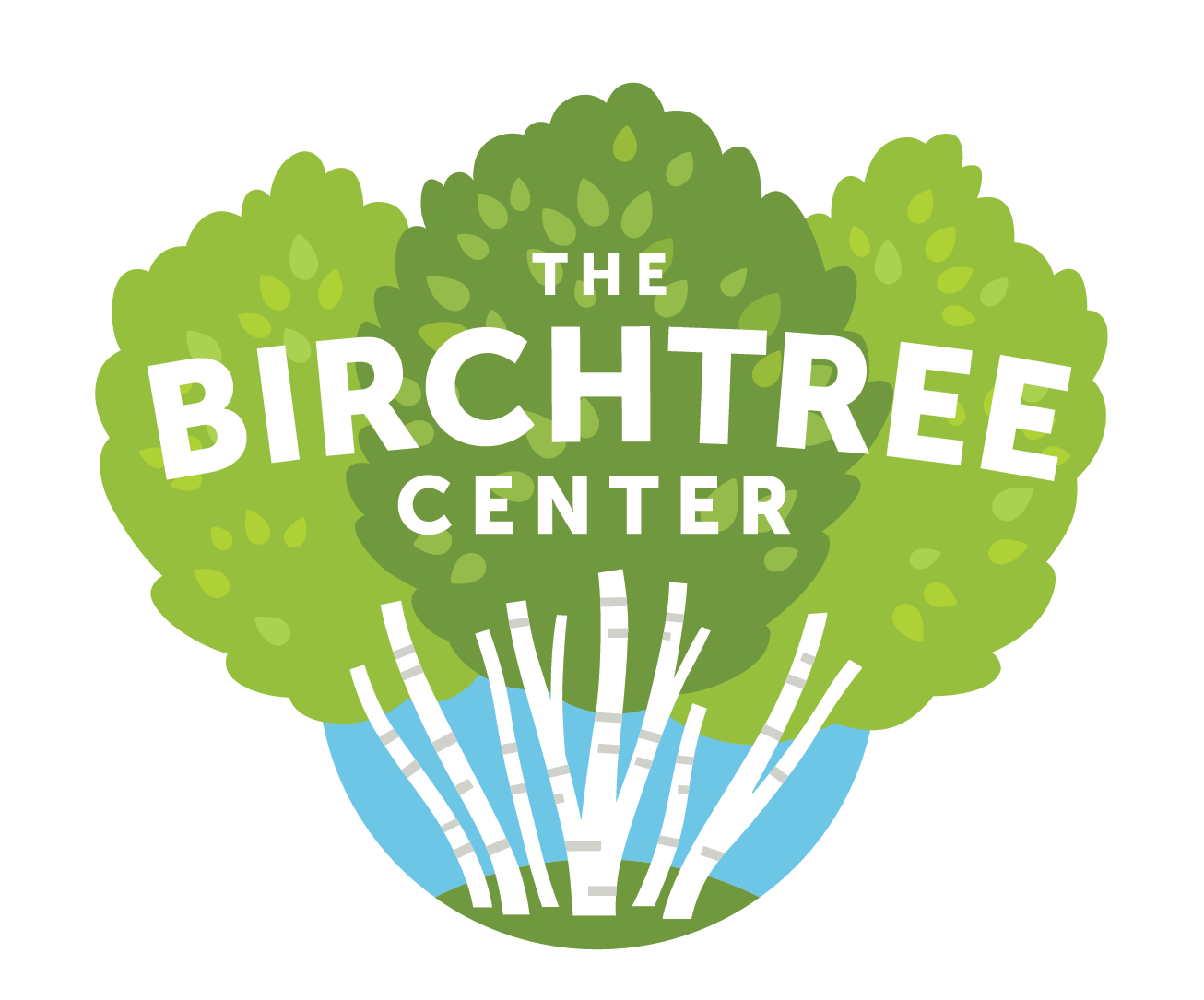
Halloween is coming up and I would like to try Trick-or-Treating with my child. Is there anything I can do to make it more successful?
Halloween trick-or-treating requires a variety of skills from sensory tolerance of costumes to the social exchange of receiving candy at the door. Practice and preparation can help make Halloween successful for children with autism.
Costume selection is an important factor in Trick-or-Treat success. Materials should be lightweight, loose, and non-irritating. Your occupational therapist can suggest materials suitable for your individual child’s tactile sensitivities. The characterization of the costume is often less important than a child’s ability to tolerate the material! Hats, wigs, or masks may slip down over the eyes and may become distracting throughout the night. Costumes with tassels, beading, or sequins also may elicit physical stereotypy with the material. It is important to try on the costume and wear it around the house on several occasions before attempting to Trick-or-Treat. Practice wearing the costume will help desensitize your child to the material and movement of the costume. Sports figures, superheroes, and any other costume that simulates typical clothing or pajamas have been successful costumes for many children with autism in the past.

Another important issue to consider is candy. For some children, candy functions as a reinforcer and children will be motivated by the traditional Halloween offering. Other children cannot eat candy due to taste preference or special diets. Some children can exchange candy they receive at the door for preferred items at home or in the car. Other children benefit from receiving alternative items at the door. It may be possible to drop off a few “safe treats” at friends or relatives prior to Halloween so that your child can be met at the door with a treat that is both reinforcing and safe.
The social exchange of Trick-or- Treat may require practice. It is important to practice in context (with someone behind a closed door and in costume if appropriate) so that “Trick-or-Treat” does not replace functional request for items in other areas. If you have the benefit of another person to help, then go outside a room/house and knock on the door. When the door is answered, prompt your child to say, “Trick or Treat.” The other person should deliver a preferred item. Delivering the preferred item will reinforce saying, “Trick or Treat.” If “Trick or Treat” is not followed by item delivery, then the child has little motivation to continue. The inclusion of “Please” and “Thank you” will be dependent upon your child’s present communication level.
The Birchtree Center offers a practice “Trick or Treat” session for our students every year. To read a Foster’s Daily Democrat article about our Halloween celebrations, click here.
 Additional Halloween tips are available on the Autism Speaks website.
Additional Halloween tips are available on the Autism Speaks website.
Have a safe and Happy Halloween!
Jessie-Sue Milo, BCBA
To read more tips for families, click here.
Legal Disclaimer: Information provided on this website is for informational purposes only. You are responsible for the choice of any treatment or therapy option for your child. Specific treatment, therapy or services should be provided to an individual only at the direction of the individual’s doctor, caregiver or other qualified professional.

